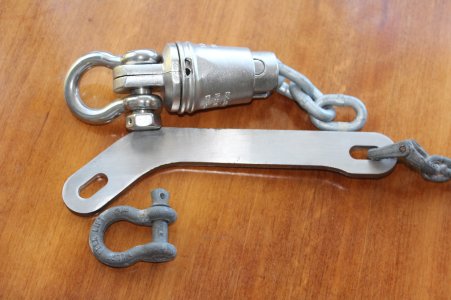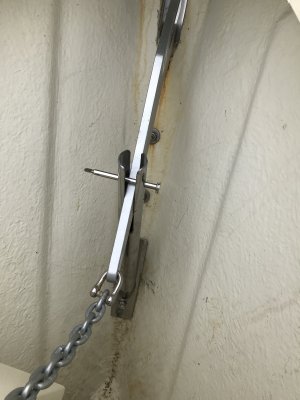Tranona
Well-known member
You offered him up as support for the proposal to increase the size of chain to make a poor anchor work better - and he says nothing of the sort. All he says is that you should have gear appropriate to your intended use. The gear that he has on his boat is not oversized - 10mm chain is correct for his boat but arguably his anchor is one size up on the recommended - although as he has a known poor performing anchor so maybe not such a bad idea. He is wrong in suggesting that anchors fitted to new boats are "toothpicks attached by lavatory chain". What he has fitted to his boat with the possible exception of the length of chain would be normal for production boats of that length and displacement - and usually a better performing anchor overall than the one he has. The Malo 43 for example has exactly the same anchor as he has. Just as a way of comparison with the OPs Malo, a Bavaria 38 of around 10 years ago which is roughly the same size but a bit lighter at 7.6 tonnes came with a 20kg Delta and 50m of 10mm chain. Of course he does not say things like that or admit it as it spoils his image. "Empirical seamanship" is not a substitute for facts.I doubt he would claim to. He does represent an authenticated well of experience though and where it accords with empirical seamanship you have to listen.
Got to beat some bloke rambling on a boating forum and presenting outlandish ideas as fact.
.
"Authenticated" experience seems to be just saying the same thing over and over again without making any effort to consider alternatives - or even checking what you are saying is factually correct.
Great that many other similarly experienced people have made it their job to challenge such thinking and design and make better products rather than waffling away about the past to anybody who will listen.



